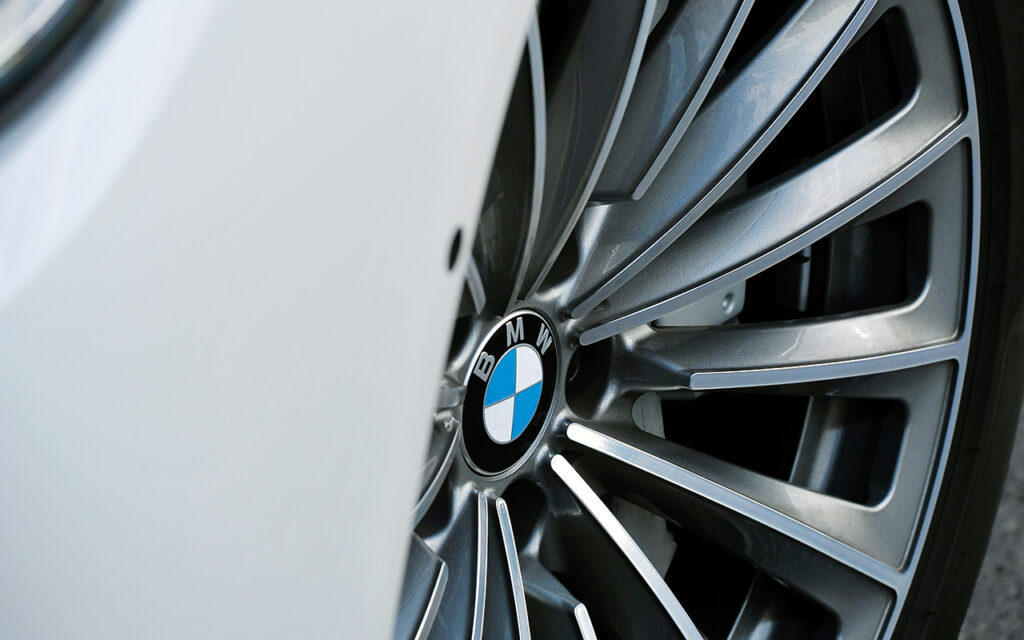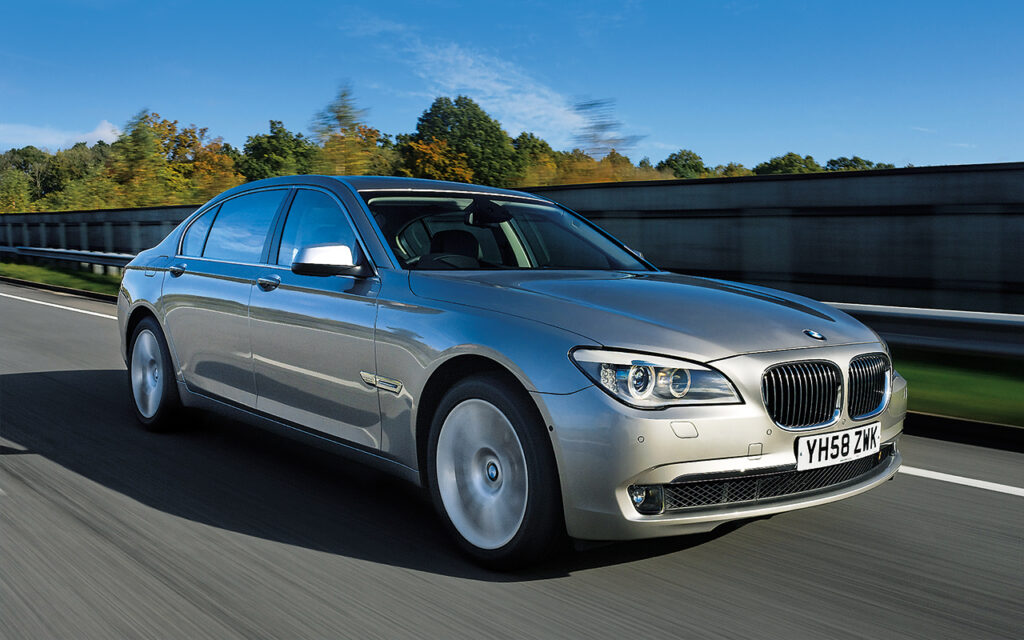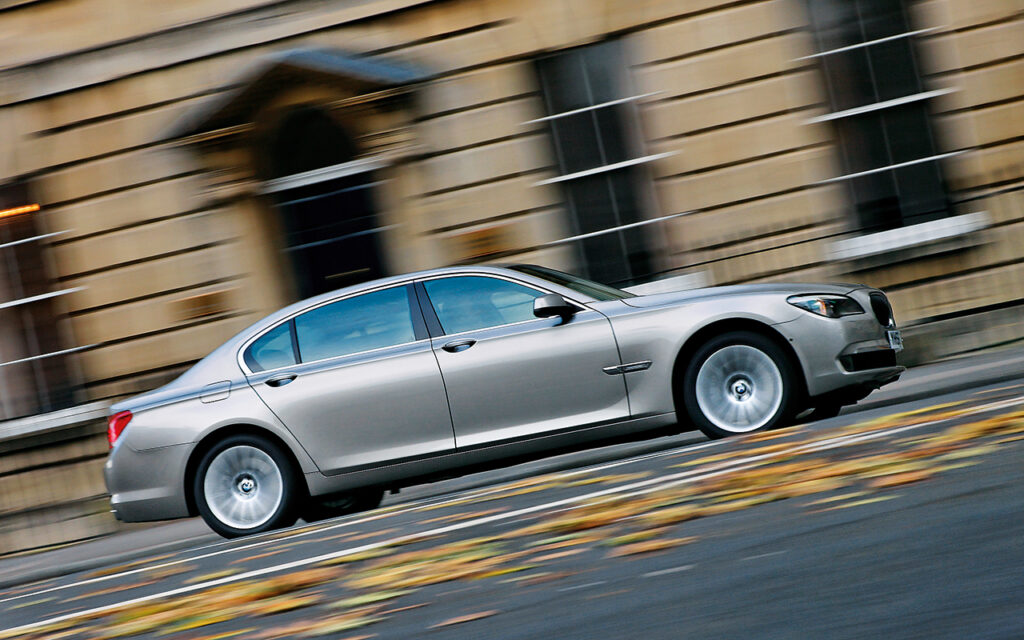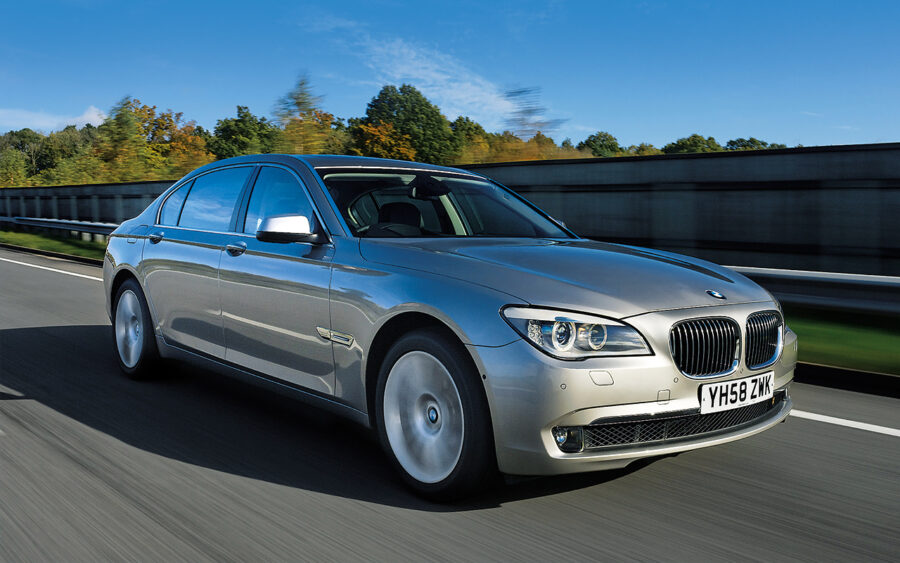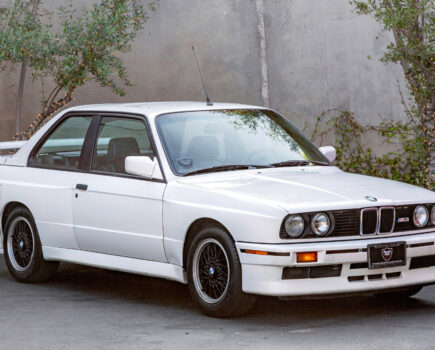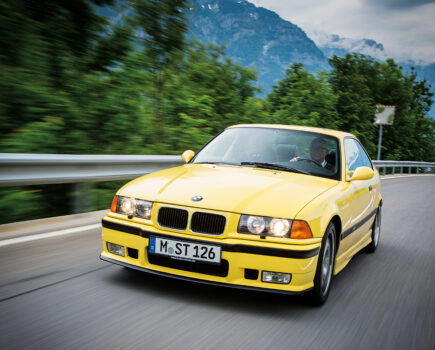BMW’s answer to the Mercedes S-Class reached new heights of complication in 2008. Here’s how to buy the F01 7 Series today
Words: Andrew Everett
Some cars seem to transcend their age, and the F01 7 Series launched to the UK market in late 2008 is one of them. They were never that common for some reason, probably because most buyers found that the F10 5 Series (in most respects the same car but shrunk a size) was big enough and the F01 a bit of a land-yacht.
With its big front grille and styling very different from its controversial E65 predecessor, the F01 arrived with several new features such as rear-wheel steering, xDrive four-wheel drive and radar-based active cruise control. First shown in mid-2008, production started later that year with the first cars arriving on soil in November 2008 on the 58-plate. The new 8-speed ZF automatic gearbox would arrive later, while the straight-six non-turbo N52-powered 730i was not sold in the UK.
Initial models were the standard-wheelbase F01 and long wheelbase (Li) F02. The 730d was to be the big seller followed by a 740i with a twin turbo 3.0 straight-six and a 750i with a twin turbo 4.4 V8. Standard equipment was pretty generous; four zone auto air con, bluetooth prep with telematics, BMW Connected Drive assist and online, brake force display, Dakota leather, active cruise control with brake function and VDC variable damper control.
And there’s more: 8GB hard disc media storage, high beam assist with Xenon lights, Professional multimedia navigation, seats and steering column with memory, voice control and on the 750i cars, lane departure warning, glass sunroof and a DVD changer. Li cars had rear self-levelling air suspension while the wheels go from standard 18s to 20s.
Period road tests praised the new car as a welcome step up from the old E65 and such was the performance that only the 730d wasn’t electronically limited to 155mph, instead, the diesel Seven could manage only a mere 153mpg and a 7.1-second 0-62 mph dash. Facelift ones hit the 155 limiter and did a 6.1-second dash. That’s brisk. 2009 saw the launch of the V12 760iL with it’s N74 twin turbo V12 with 536hp.
The F04 Active Hybrid 7 arrived for 2010 as BMW’s first hybrid. Based on the 750i, the Active Hybrid 7 used a 15kw motor built into the gearbox bell housing powered by a big Lithium Ion battery under the boot floor. Another version of the dual mode hybrid pioneered by Mercedes, the BMW version also has 12-volt absorbent mat batteries wired in parallel to a 120-volt motor system.
The Active Hybrid 7 uses the 140mm longer iL platform, and in 2012 the car was revised, now based on the 3-litre twin turbo 740iL. Launched in the UK, the Active Hybrid 7 was not a big seller; a fine technological achievement but more money than a 730d or 740d, with performance somewhere in between. However, there are usually a few used ones for sale, so if you’re feeling brave it makes an interesting alternative.
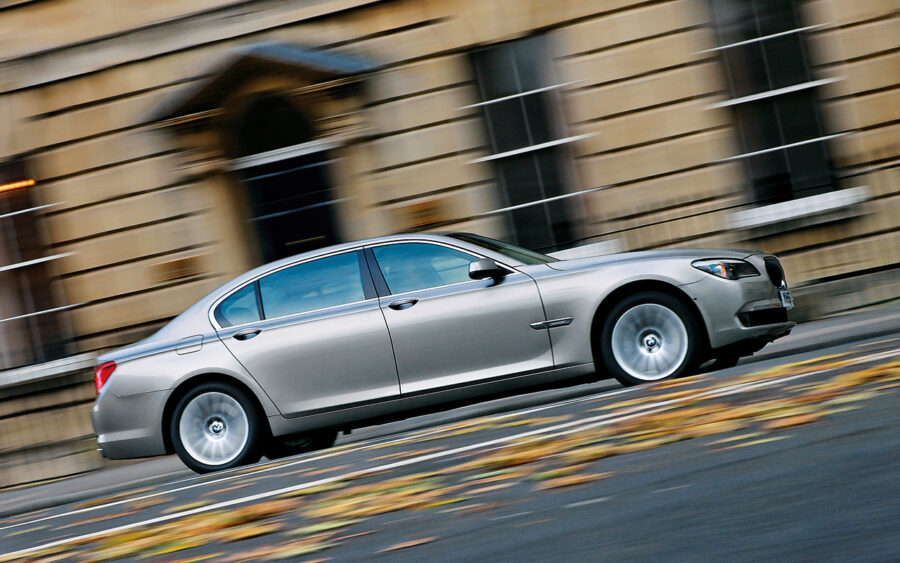
Engine and transmission
The 730d was tipped to be the big seller and lots were supplied new to airport hire firms. As a consequence there are lots of mega-mileage examples – think 300,000-miles – but that’s not a problem for a well-maintained example.
The 730d had a single exhaust tailpipe on launch cars and the engine is the N57 D30. This is the first six-cylinder diesel with the rear-mounted chain, and while they aren’t as prone to trouble as the four-cylinder N47, they can still fail.
It’s often the case that a high-mileage airport taxi is the best one to buy – the engine is never cold, most drivers turn off the auto stop-start and they’re often better maintained with more frequent oil and filter changes.
The 740d arrived in 2011 with a twin-turbo N57 engine. These were superb but like the 535d and 640d, there have been instances of crank trouble on hard driven cars. Buy one of these with a lower mileage and ensure frequent oil changes happen.
The 740i used the N54 B30 unit until 2012 and the N55 B30 after that. This was an all-alloy twin-turbo 2979cc engine that some say was based on the bones of the old M54 as found in the E46 and E39. Not so; the N54 was nothing like an M54 unit and it’s definitely of the later generation.
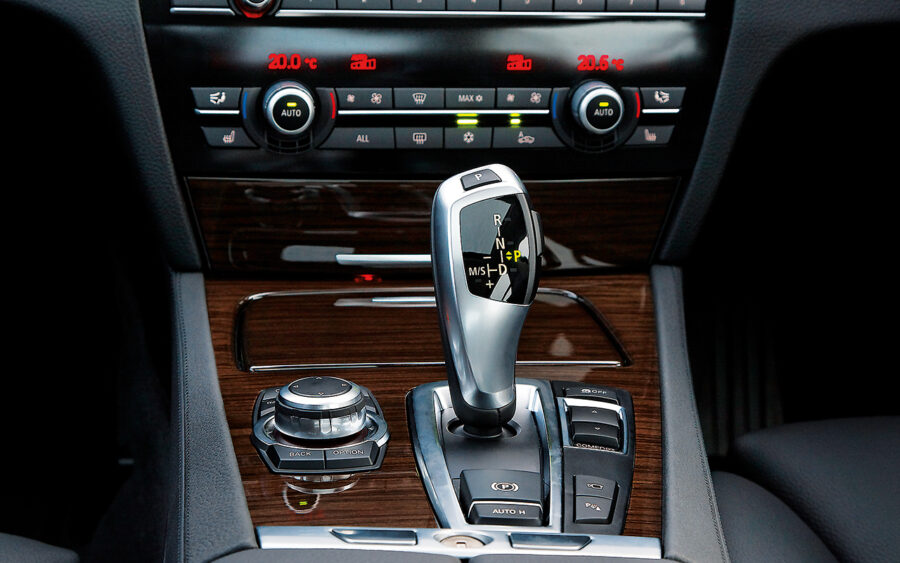
It’s not a bad engine but careful use and regular oil changes are the key. Common problems include failure of the HPFP (High pressure fuel pump), waste gate rattle on the turbos and turbo malfunction, dripping Piezo injectors, electric coolant pump failure, carbon build up in the inlet ports, oil leaks from the cam cover gasket and oil filter housing assembly and faulty boost pipes causing boost leaks.
Hard-driven 740i models can also knock out a crank bearing or two so it’s best to look for a car with a nice dry engine that performs as it should and expect a big bill at some point: the price of running what was an £80,000 car when new.
The N55 was a much better effort, mainly because the infamous Piezo injectors were replaced and the new twin-scroll turbo gives better performance. Launched in 2012, the N55 looks similar and it has the same 2979cc as the older N54 and the same 84mm bore and 89.6mm stroke as the 2000 M54.
Like the N54, these are highly stressed engines that run good and hot and they really need regular oil and filter changes, ideally every 8000 miles or sowith fully synthetic oil. Timing chains are pretty reliable although, like the N54, VANOS solenoids can fail – but are cheap and easy enough to replace.

The 750i is powered by the tremendous-when-it-works N63 V8, an engine that really was all-new. It has a pair of turbos that nestle in the central ‘V’ of the engine, as opposed to being buried down the side of the engine with the manifolds.
The N63 formed the basis of the S63 V8 in the F10 M5 but has similar problems such as faulty crank bearings or a piston deciding to be a potato instead. The N63 can drink oil thanks to valve stem oil seals being cooked by the turbos, and they can get a bit smokey, so watch out for this. Timing chains can stretch and jump but BMW recognised the fault early on and issued a service bulletin to fix these.
Thankfully, the N74 V12 does not have the two turbochargers in the engine V where they can cook everything. Instead they are outboard down the side of the engine where they should be and as a result the V12 is a lot better. Because these are so rare, there isn’t really a pattern for problems but we’d expect the usual to be honest; coil packs, injectors, the odd oil leak.
The original F01 7 Series still retained a similar six-speed ZF auto to the previous E65 model. These are good units but older examples could bring some problems. Rough shifting could be a symptom of low oil level or software issues, but is more likely to be wear and tear showing its face after a six- figure mileage.
The later eight-speed unit on LCI facelift cars has been more reliable so far; it’s probably worth doing an oil and filter change on anything with under 100,000-miles that’s still working as it should. That may well improve gearshift quality and can increase the lifespan of the ‘box and torque converter.
Should you be unlucky and need a gearbox rebuild or replacement, note that some specialists prefer to fit a complete used gearbox; cheaper than a rebuild and more often than not a plug-and-play solution. Be aware that the eight-speed units need to have the software code pulled from the gearbox before removal from the donor car and re-entered once the ‘box is in the recipient car.

Suspension, steering and brakes
The regular F01 is a big heavy car that’s getting on in years and miles, so expect to replace some components: front and rear control arms, dampers, bushings, and so on. The F01 was the first BMW to ditch the tried-and-trusted McPherson front struts in favour of a wishbone-type system. This works well enough and it was done to make the front end of the car more crushable in an impact.
Many components are shared with some F10 5 Series models; both are now both old enough to have plenty of good aftermarket support. The rear air suspension on the F02 may have the usual air bag and compressor trouble at some point in its life; parts are quite affordable if you avoid BMW items.
Active anti-roll bars leak on the actuator and like the old E65, it’s worth avoiding cars with this fitted. The standard car handles and rides well enough, so why expose yourself to more expense?
Trim and electrics
Door handles can break with rough use and like most modern cars, the door lock units inside the doors can fail and not lock. However, while a new lock unit isn’t overly cheap, it’s not that big a job to remove the door trim, inner panel and fit a new one. Like the E90 3 Series, the F01 7 Series doors have been designed to be very quick and easy to assemble at the factory.
The F01 is a hugely complex car and the oldest ones are now coming up to 12 years old. Sudden electrical failure that looks like a battery fault can be down to a faulty charging module. It’s important to note that each car needs its own battery; this must be coded to the car, as an F01 with active steering and Logic 7, for example, will need a bigger battery.
The iDrive system can crash and software issues relating to the various toys, as well as active steering, which can be hard to fix and will require considerable diagnostic work.
BMW 7 Series (F01): our verdict
The F01 7 Series range is large and daunting, especially as a used buyer; we’d pick the 730d, which goes well, is decent on fuel and generally reliable. It’s best to avoid very affordable examples – there is no such thing as a cheap F01 in the long run.
If we were to go to the expense of running a petrol 7 Series, it would have to be the magnificent 760iL; think of it as a slightly more mass-produced Rolls-Royce Phantom for as little as £17,000 and you’re about right.
